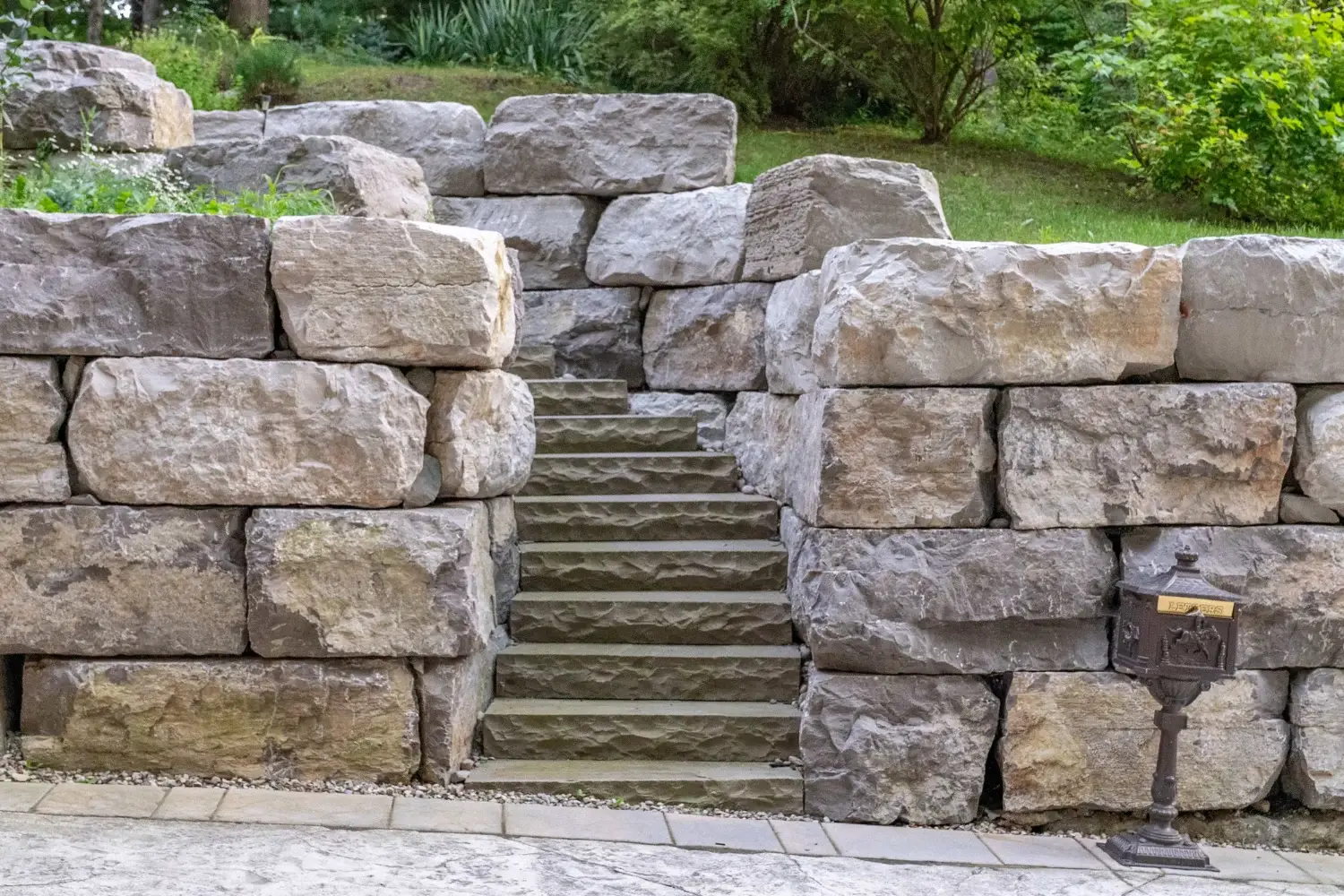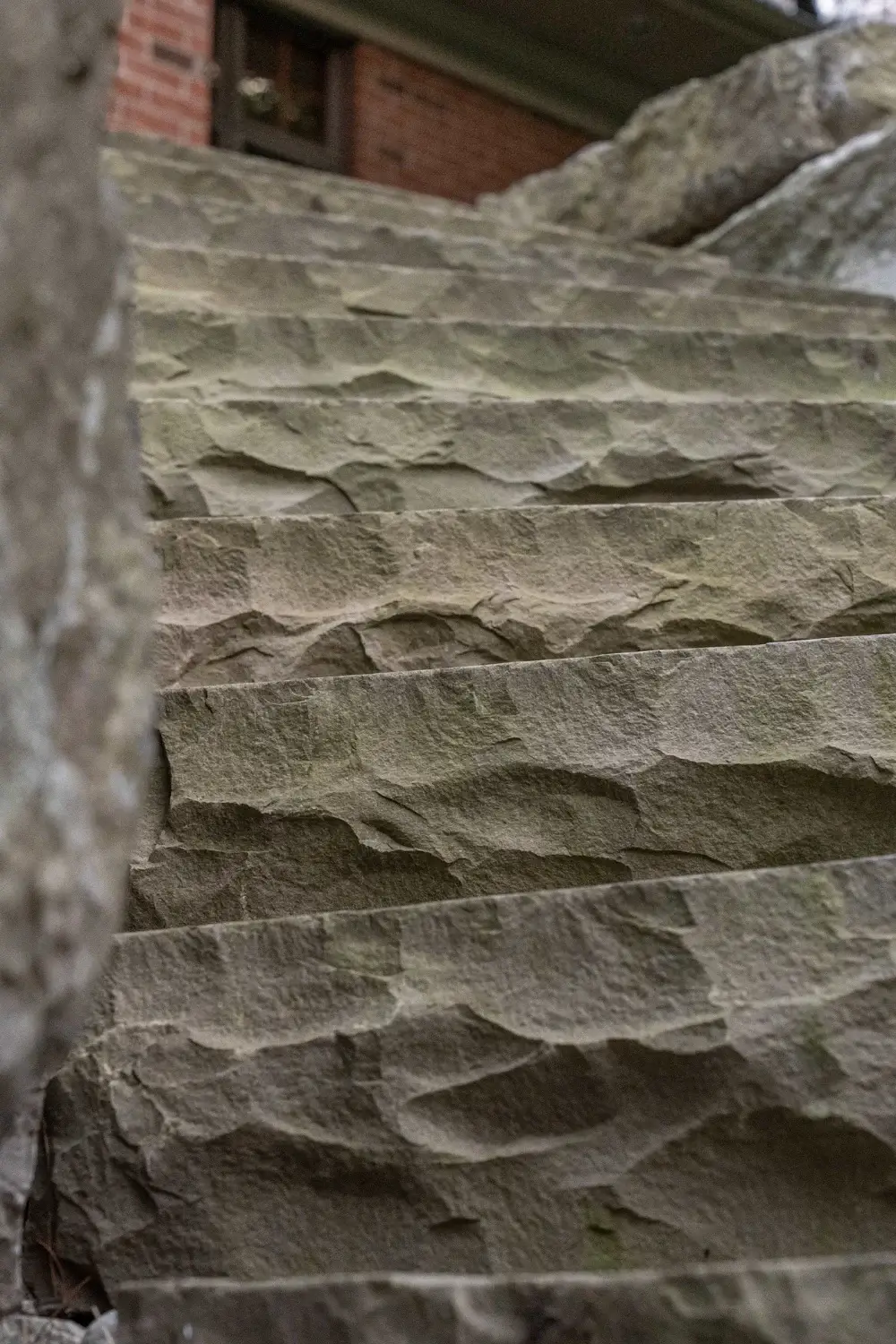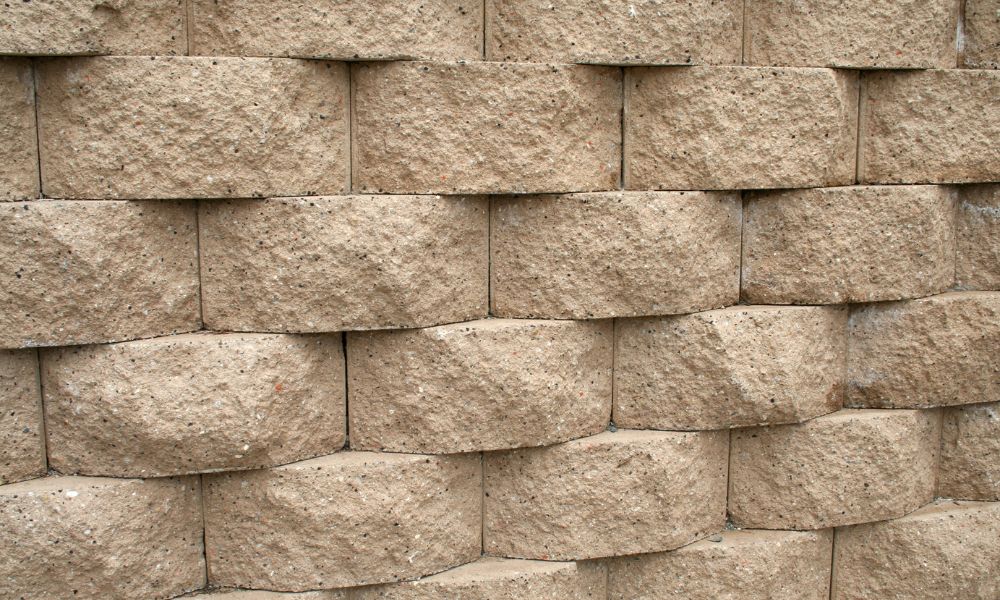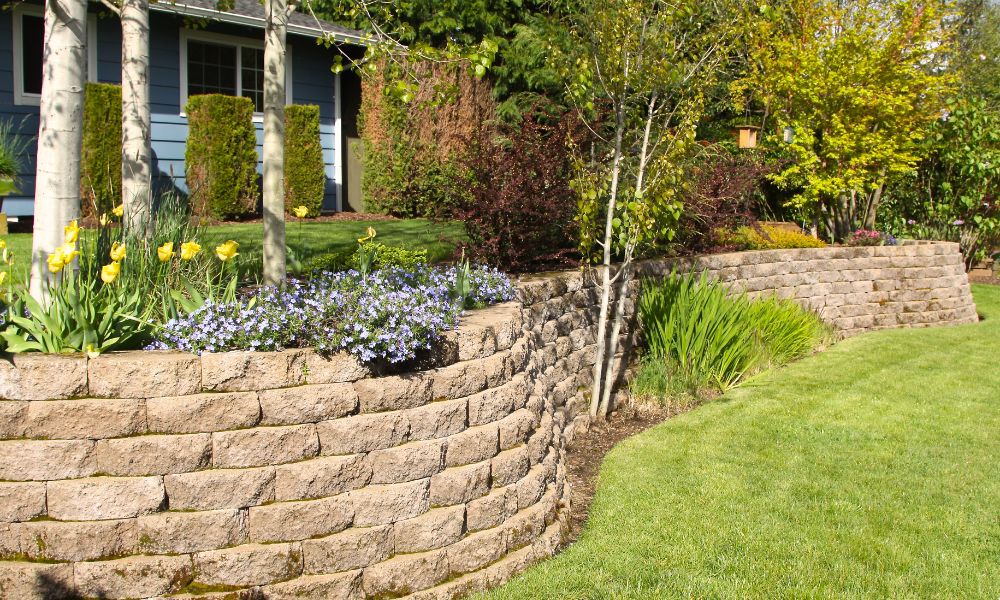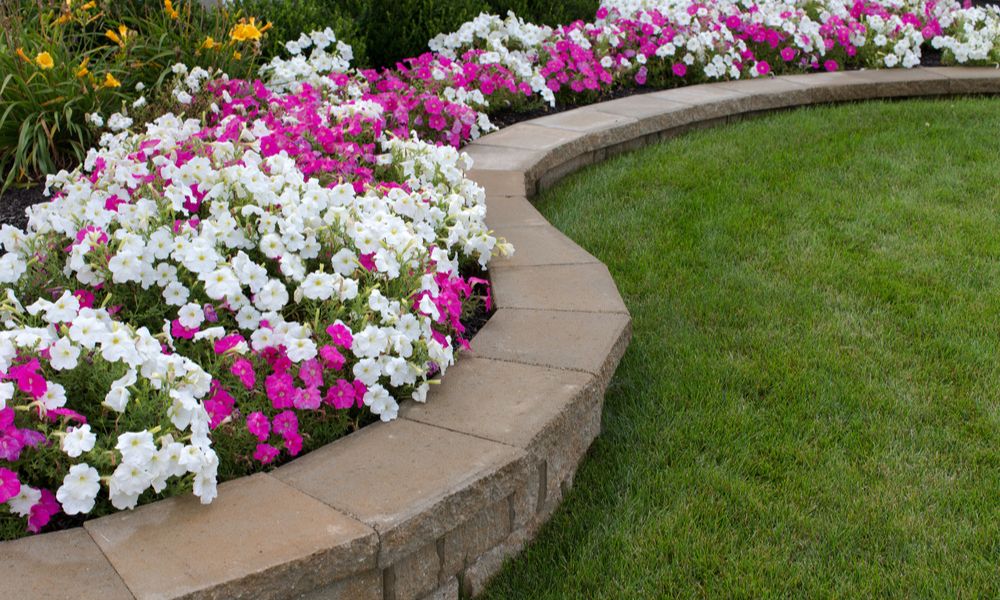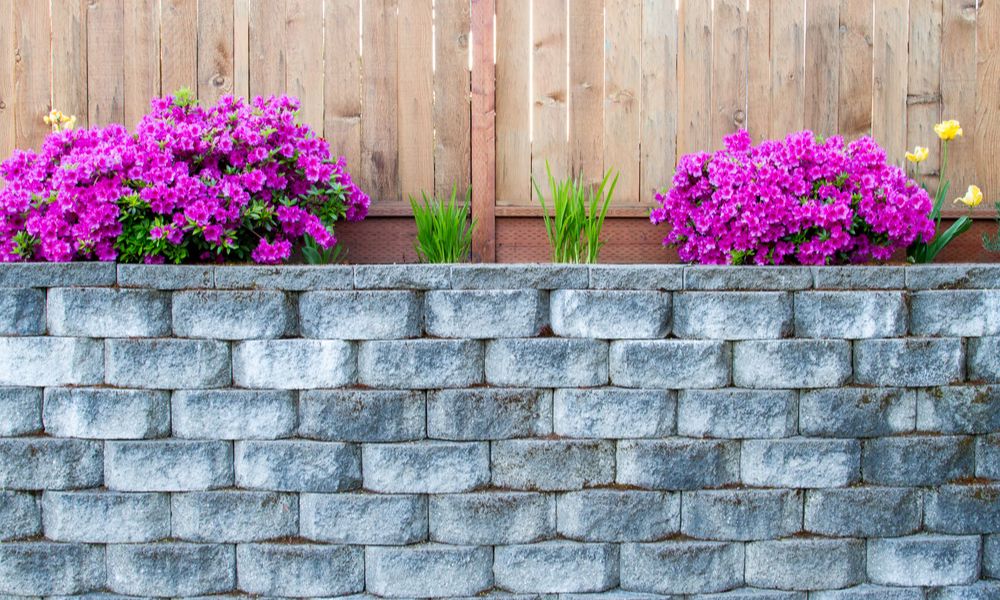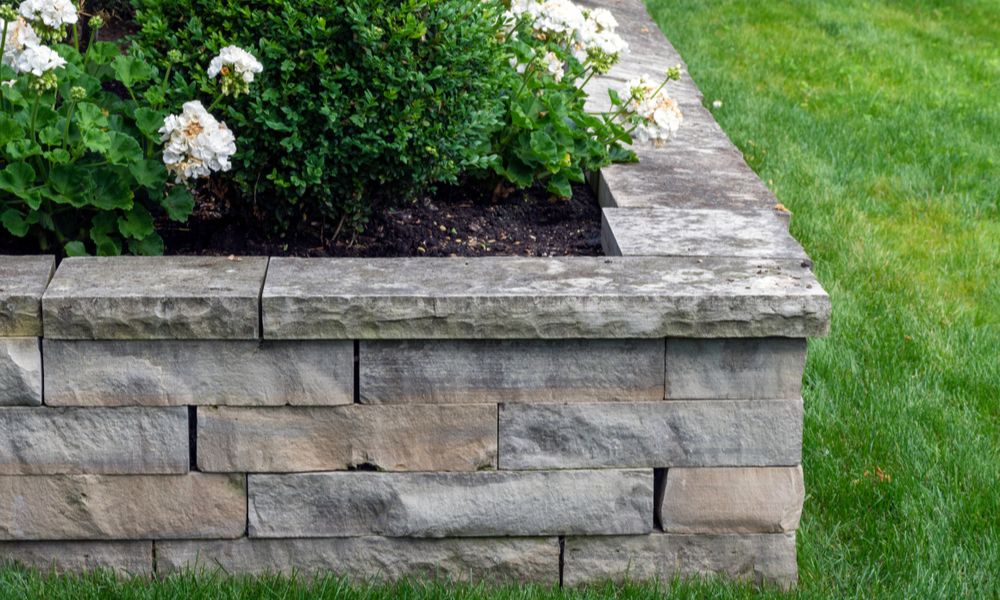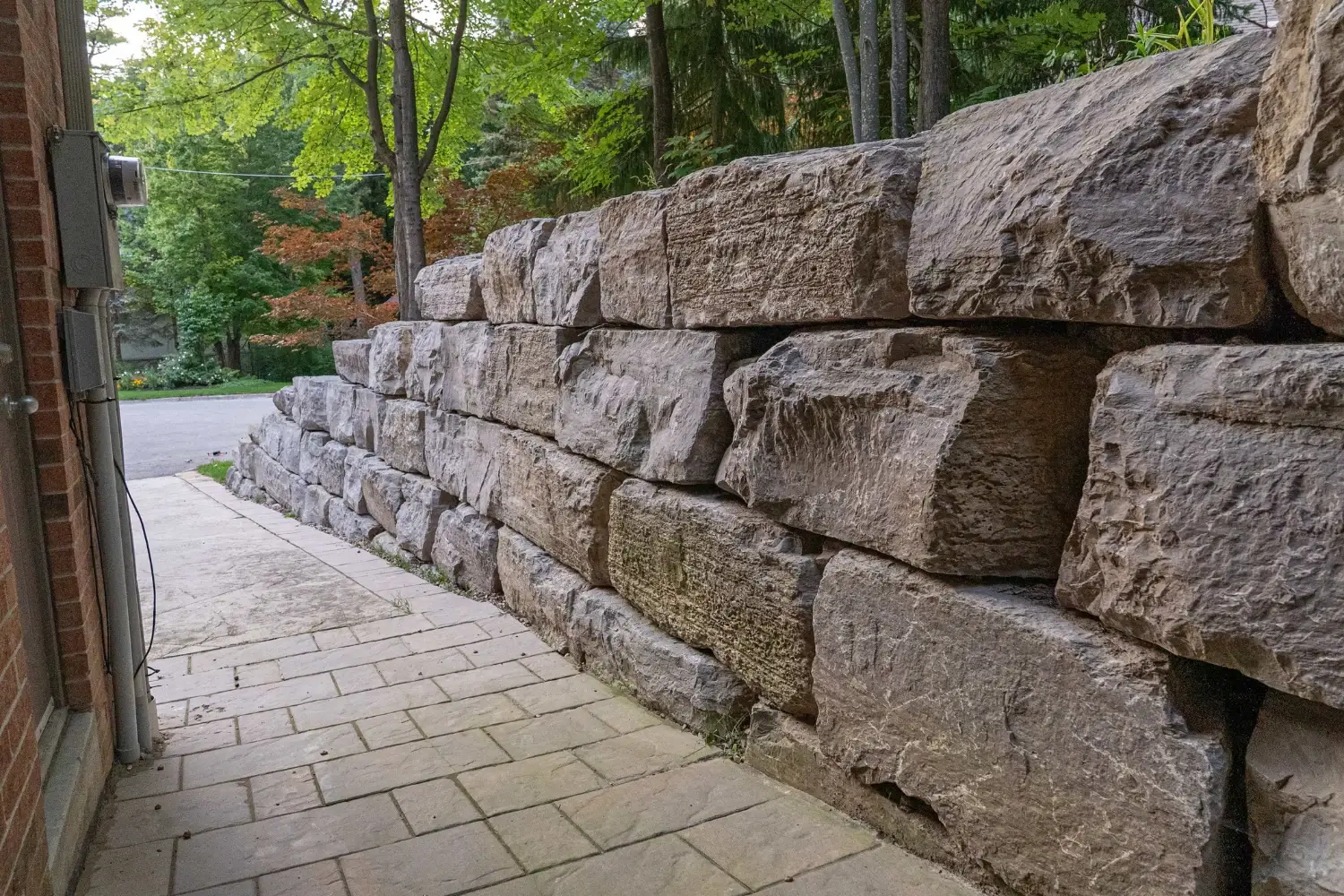





Your Top-Rated Retaining Wall Experts
Best Retaining Wall Contractors in the Game
We have a tremendous reputation when it comes to improving homeowners’ yards. We work closely with you to create a shared vision for your yard, then we take care of the rest. Our skills and experience ensure that your project is completed correctly, so you can enjoy a stress-free process.
Our retaining wall contractors are dedicated to providing excellent quality services at a fair and affordable price. In order to maintain a competitive edge, we are constantly looking for ways to improve with every project.
We want to help you create the exterior of your dreams. You can count on us for everything from design work to estimates to obtaining the correct permits. It is important to us that you are guided through the process, so you can stay involved. We understand that this can be a difficult process, which is why our team is always here to help.
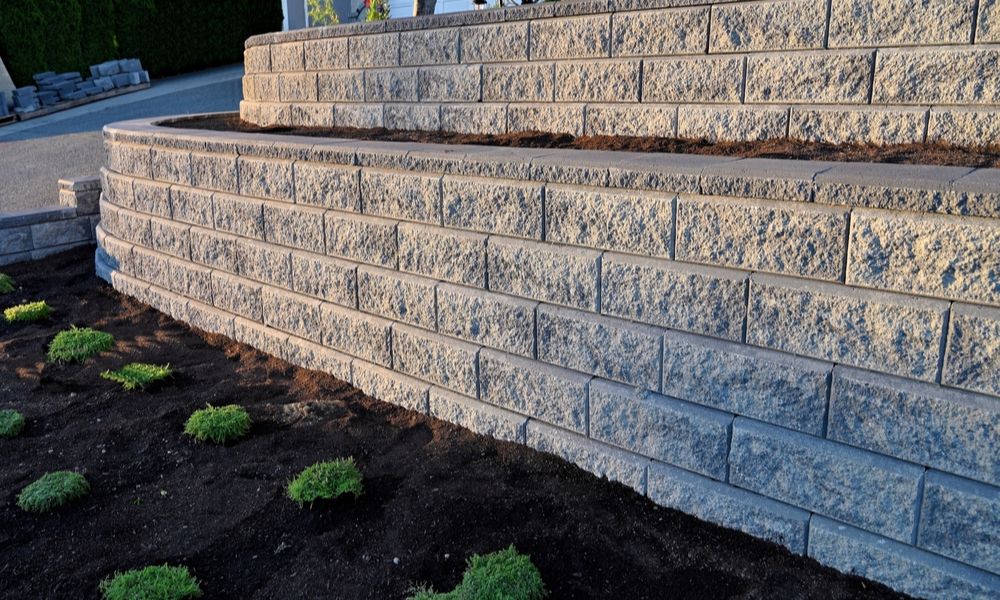
Award-Winning Retaining Wall Contractors
Over the years, we have built our reputation as one of the premier retaining wall builders in the GTA, led by a team of knowledgeable and dedicated contractors. For all things retaining walls, we are your one-stop source for affordable and client-focused services.
We are dedicated to professionalism, open communication, and exceptional results. In order to serve as many people as possible, we extend our services across Toronto and the Greater Toronto Area.
Integrating eco-friendly and environmentally sustainable options into our projects is a testament to our commitment to serving our customers. To contribute to a greener future, we believe in doing our part.
We will continue to grow and evolve, in order to maintain our near five-star rating on Google and HomeStars reviews. Let us help you bring your creative visions to life, today!
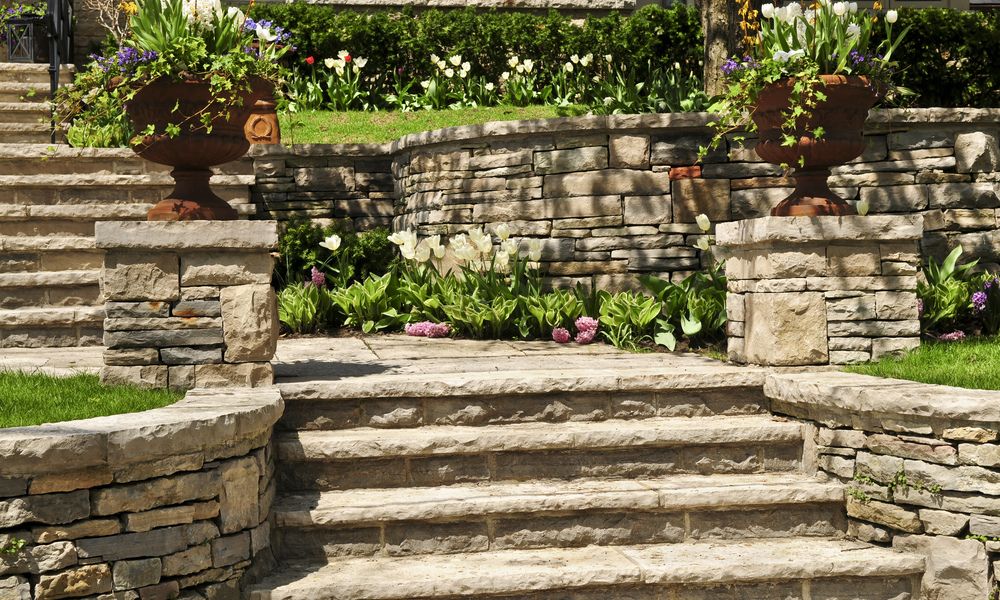






Retaining Wall Process
We are firm believers that transparency and active communication are key to a successful project. Renovations can already be hectic, which is why we have simplified our design and construction process into a few simple steps, that you can refer to along the way.
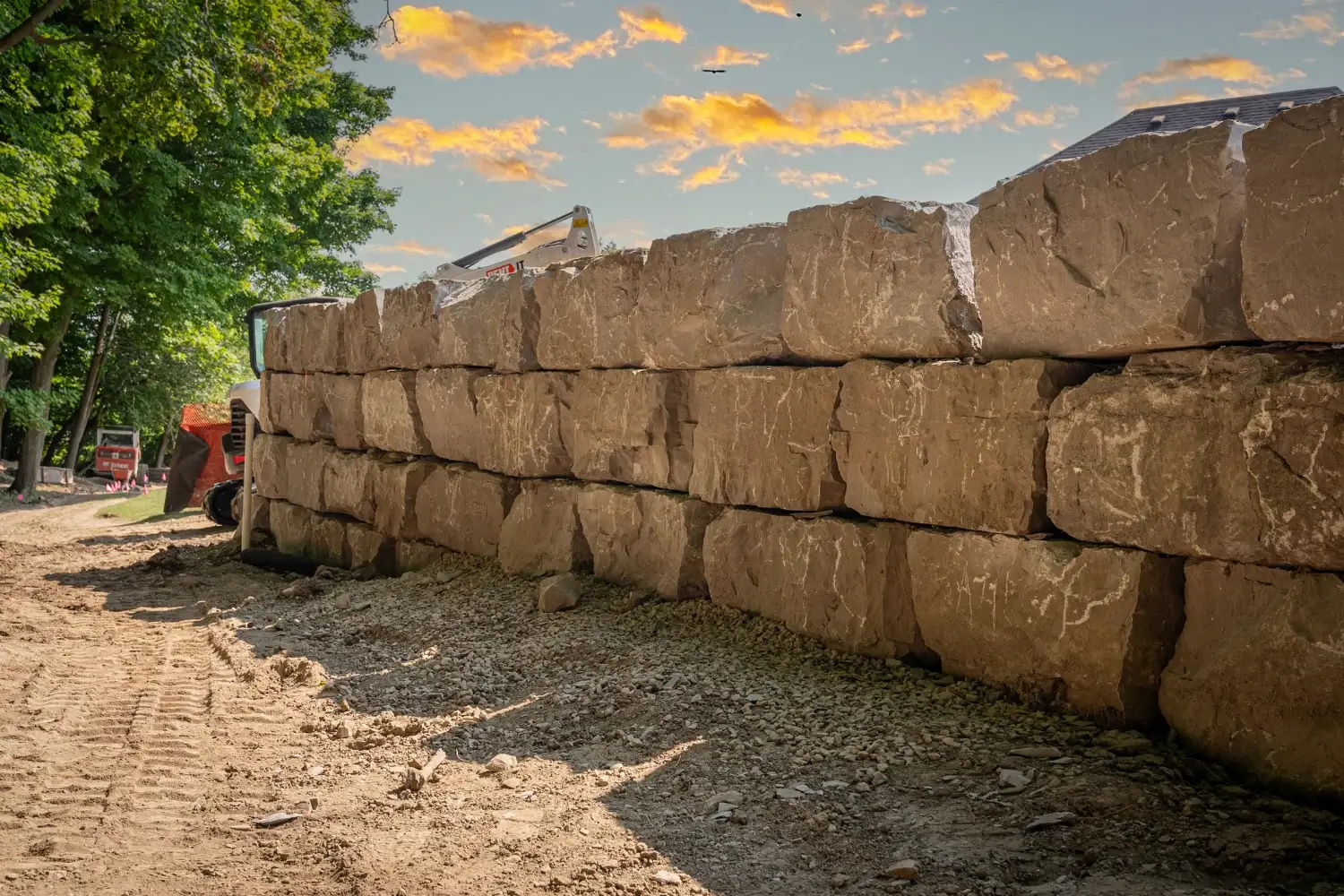
Step 1: Consult
The consultation sets the tone for the remainder of the project. Prospective clients can schedule a free on-site consultation with us. We will identify the full scope of your project, your must-haves, the current state of your outdoor space, your desired aesthetic and goals, and the budget. During this time, we will collect all the relevant details that will form the vision and the plan for your project. These details include measurements, notes, and pictures.
Step 2: Design
To draft mock plans for your tentative design, we utilize in-house 3D modeling technology. Variables such as existing structures and trees, your budget, your must-haves, and proper measurements are taken into account. This allows us to both see the vision in real-time as well as adjust and tweak the design as needed.
When the materials and colors for the project have been determined, you will receive an unofficial estimate.
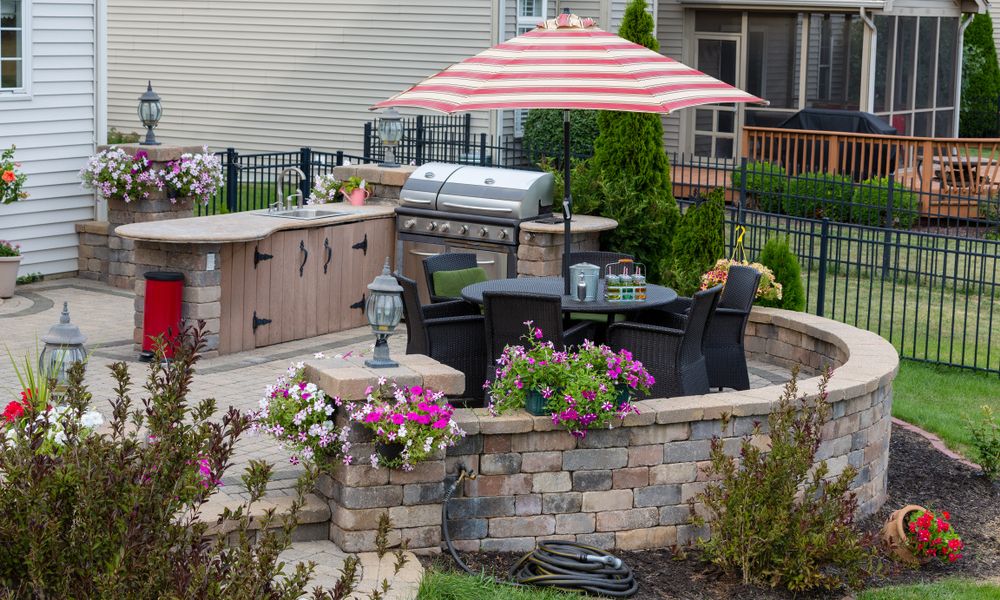
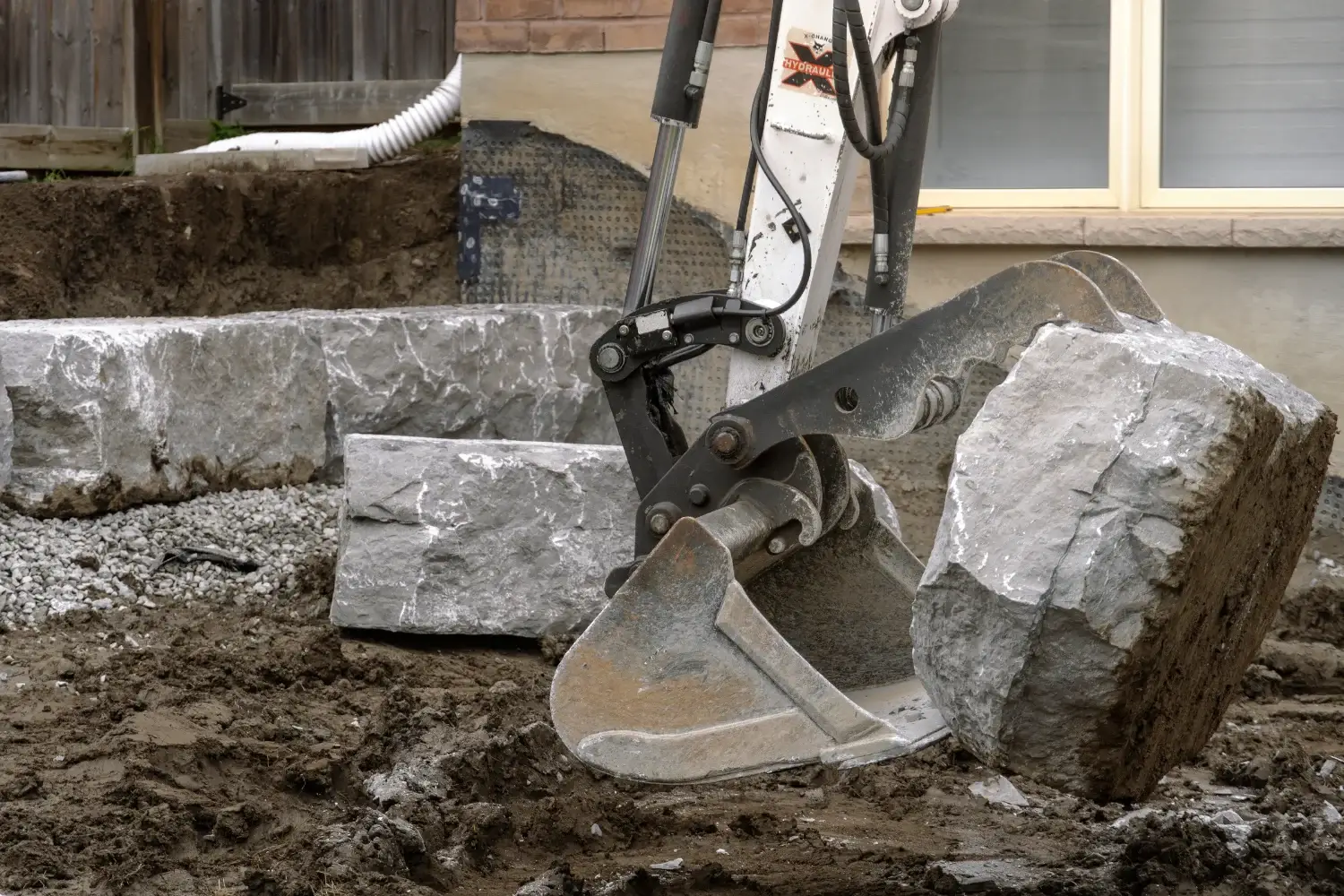
Step 3: Build
Following the final estimate and design approval, we move on to the most critical step: obtaining the proper permits and adhering to local municipality codes. The construction project can be significantly delayed if the correct permits are not obtained.
Finally, we move on to the construction phase. To ensure that design, budget, and construction timelines are met, our project manager and designer will work closely with you. This phase will be followed by a thorough cleanup, to ensure your yard is left in great condition.
What Is A Retaining Wall?
Retaining Walls Explained
Retaining walls are structures used to hold or contain soil or rocks. Typically, retaining walls are used to create flat space by stabilizing sloped areas. Various materials can be used to construct retaining walls, including wood, stone, concrete, and steel. Concrete blocks and natural stones are the most popular options when it comes to beautifying your design.
For landscapes that need reshaping, retaining walls are the simplest and most cost-effective solution. Retaining walls are an environmentally friendly alternative to digging a pit beneath the base soil lines to even out the surface.
Gravity walls, piling walls, cantilevers, and anchored walls are the four different types of retaining walls. Typically, gravity or cantilever retaining walls are used. Below is a description of each.
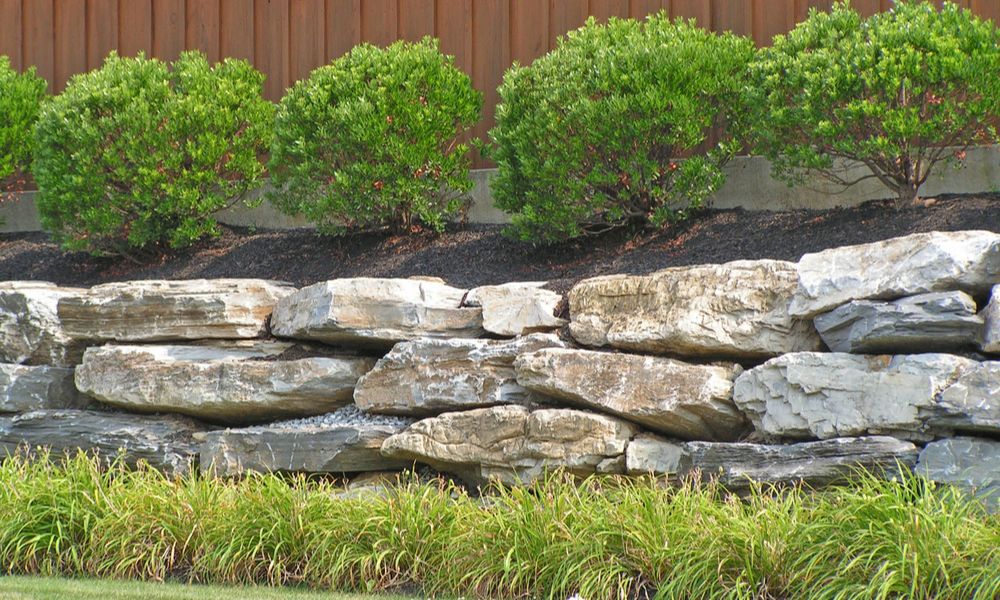
Types of Retaianing Walls
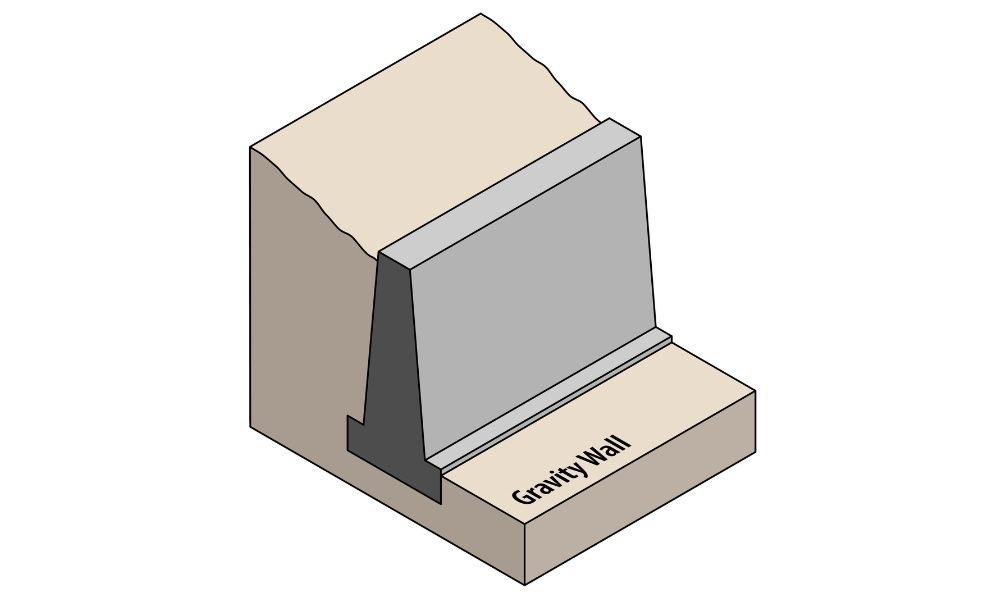
Gravity Retaining Walls
The strength and stability of gravity retaining walls are determined by their own weight as well as the base upon which they are built. Concrete blocks, masonry bricks, or poured concrete can be used to build them. Construction adhesive or cement can be used to glue the stones or bricks together.
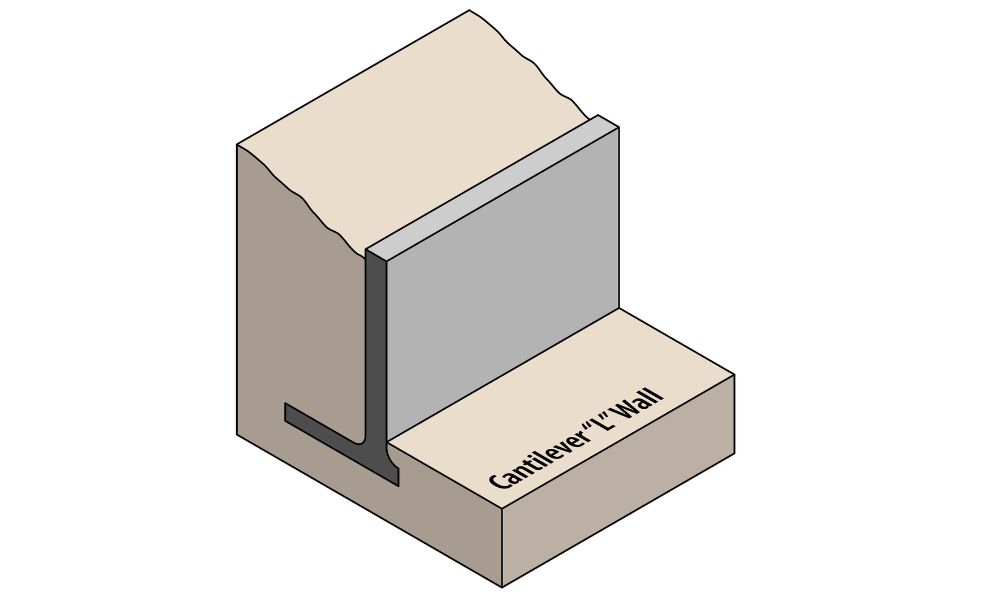
Cantilever Retaining Walls
Reinforced concrete or mortared masonry is commonly used to construct cantilever retaining walls. In order to improve their strength, these walls typically consist of a shorter, vertical stem, providing resistance to prevent sliding and overturning of soil.
Why choose us?
Satisfaction Guaranteed
We provide excellent results that you will be proud to show off. Our reputation is backed by hundreds of near five-star reviews.
Quality
Our contractors execute projects quickly and effectively, providing quality service, every time.
Professionalism
We have decades worth of professional knowledge and experience that we apply to each of our projects.
Affordable
We offer value for our services, with fair and affordable pricing that is backed by our quality of work.
Effective Tools
We use hand-selected tools that help us get the job done right, every time.
Customer Support
We are always available to respond to any questions or concerns, giving you peace of mind.






Service Area
Frequently Asked Questions
A retaining wall is a structure that contains or retains soil. It is usually used to hold the soil’s shape, protect it from erosion, or to create a flat space by stabilizing sloped areas.
The four types of retaining walls are gravity retaining walls, cantilever retaining walls, embedded retaining walls, and reinforced soil retaining walls.
Yes, our contractors are fully licensed and insured.
The most common materials used to build a retaining wall include concrete blocks, poured concrete, bricks, and stones. Other options may include timber or other types of wood panels.
The amount of time needed to install a retaining wall varies depending on the size and complexity of the project. Generally, it can take anywhere from one day to several weeks. Factors such as weather conditions and availability of materials can also impact the installation schedule.
Yes, there are some maintenance steps you should take to ensure your retaining wall looks great and lasts for years. These include:
- Regularly inspect the wall for signs of wear or damage and make necessary repairs as soon as possible.
- Clean dirt and debris from the top and bottom of the wall with a brush or pressure washer. Make sure to avoid using harsh chemicals that could damage the materials.
- Replace landscape fabric around the sides of the wall as needed to keep potential erosion in check.
- Inspect drainage systems regularly and repair any breaks or blockages that may occur over time.
Yes, you can mix and match different materials when constructing a retaining wall. Different materials have different strengths and qualities, so it’s important to consider which materials are best suited for your project.
Yes, there are certain regulations and restrictions that could be in place when it comes to the use of different material types for retaining walls. Building codes may vary depending on your location, so it’s best to talk to a professional regarding the specifics for your project. Different materials also require different kinds of installation techniques, so ensure that you’re choosing a material that works well with the existing terrain.
Absolutely! Feel free to browse through our gallery and project pages, which can be found in our menu.
Our experts have a combined 70+ years of experience perform retaining wall installations. We are confident we can get your retaining wall job done right and on time:)
Yes, we also perform retaining wall repairs. Please contact us if you require more information on this service.
Yes, there are certain design considerations to keep in mind when planning your retaining wall installation. It’s important to consider the size and depth of the wall, as well as any applicable zoning laws or regulations. Additionally, you’ll need to think about drainage requirements, waterproofing solutions, and access points for maintenance. Our professionals would be happy to guide you through the entire process.

